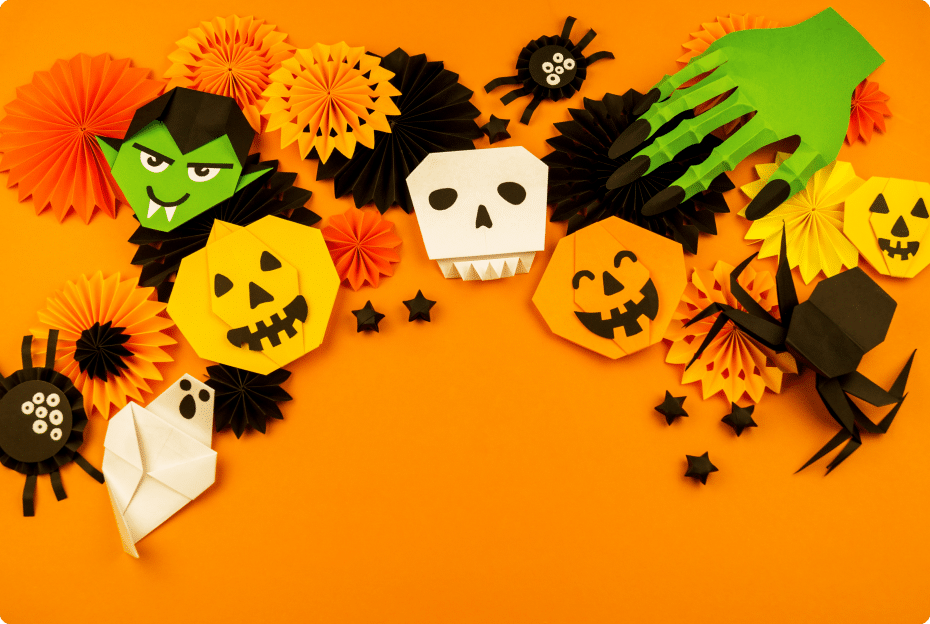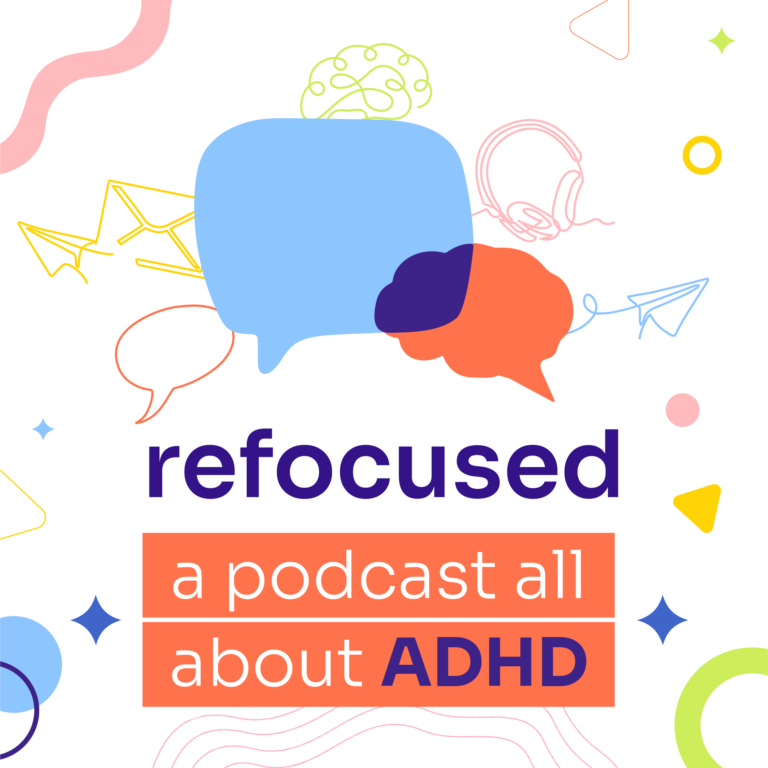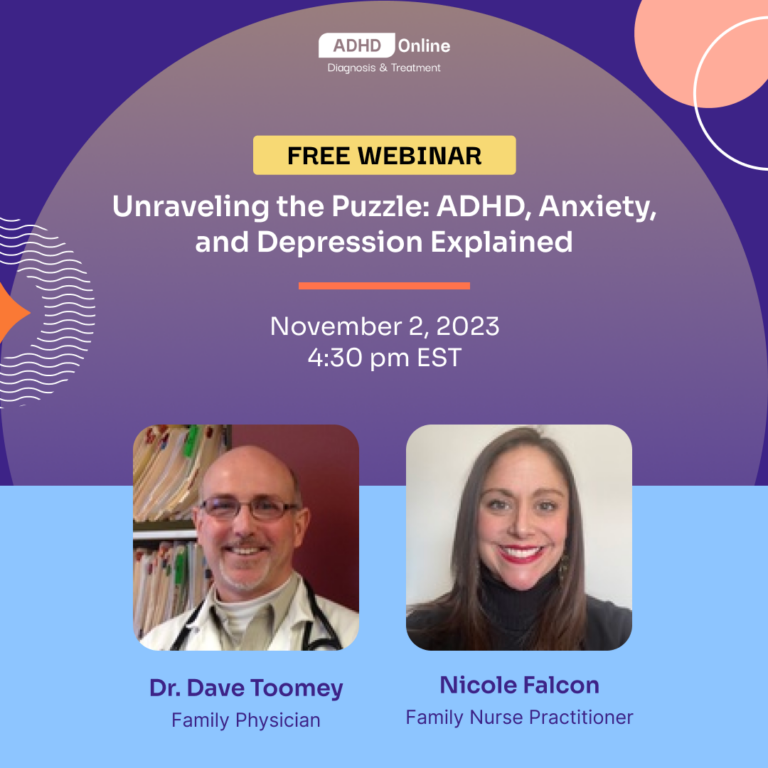
By Beth Levine
Halloween can be tough for children with ADHD — and their parents. There is so much stimulation, unknowns, safety rules, unexpected transitions and waaayyyy too much sugar candy. How can you help your child enjoy the holiday without meltdowns or having to have the fun curtailed?
“Many of the challenges with Halloween are related to executive functioning skills,” says Sharon Saline, Psy.D., author of What Your ADHD Child Wishes You Knew: Working Together to Empower Kids for Success in School and Life.“The children have to deal with impulse control, emotional regulation and getting overwhelmed. For kids who struggle with managing their own excitement and reaction to stimulation, it can be a difficult holiday.”
How can you help your child put the ‘happy’ in Happy Halloween?
With some forethought and preparation, your child can participate in the holiday safely and, hopefully, happily. Here are some tips:
1. Think about the kind of support your child will need
How does your child deal with very stimulating situations? What have you found works best to minimize impulsive behavior, meltdowns or withdrawals? You know your child best.
2. Plan the costume in advance
Brainstorm with your child what they would like to be. Look online together to get some ideas. Get the costume in advance so they can see how it feels. You and your child will want to see if the mask is annoying, if it restricts movement or if they are tripping when they walk.
“About 10 to 20% of kids with ADHD have sensory sensitivities,” Saline says. “Try to find a costume that isn’t scratchy or uncomfortable, and make sure they can see.”
Also, considering the impulse control issue, it’s wise to make the costume bright or reflective in case your child darts into the street.
3. Spread out the fun
Maybe there is a Halloween parade at school. After some after-school downtime, you could then take them to any stores downtown that have treats or fun events. More downtime, and then proceed to trick-or-treating. But keep it short.
Your child will have had fun spread out over the day and evening without having it all thrown at them at one time. “If you build in breaks for your kids, it will help them re-center before the next activity,” says Saline.
4. Plot your course
If you are taking your child out trick-or-treating, map out where you are going in advance and let them know. Perhaps draw the route and share it with them. It will make transitions easier.
5. Talk about safety rules
Some obvious safety rules: No running into the street, or talking to strangers without you present, for example. Depending on age, do they have to stay by your side or can they go a little ahead?
Create a backup plan in case you and your child become separated. If your child is a teen or almost teenager and wants to go out with a group without parents, make sure it’s a small group of kids you know and they stick to known areas. They must tell you ahead of time where they are going and be home at a certain time. They must carry their phone and they must answer it when you call.
Go over the rules list many times, write it up if you have to, and ask them to repeat them to you.
6. Be prepared in case of a meltdown
If your child becomes overwhelmed in the middle of the evening, take a break. When you start to see your kids dissolve in front of your eyes, say: “Let’s go home and have some more fun!” They can help you give out candy at the door.
7. Establish candy guidelines
With poor impulse control, children with ADHD may want to just dive into their stash and try to eat it all at once. What is the candy-eating plan going to be? How much for that night? Are you going to limit how many pieces they can have each day thereafter? Where are you going to keep it if sneaking candy is an issue? Make sure they know the deal ahead of time.
8. Schedule in a wind-down time
Halloween often falls on a school night. However, your little trick-or-treater is going to be hyped up and overstimulated, making bedtime difficult to accomplish.
“Whatever normal downtime your kid needs before bed, you’re going to have to double it for Halloween,” says Saline. Make sure you plan that bumper time into the schedule.
Follow these suggestions and your child (and you!) can have a fun Halloween that meets everyone’s needs.




